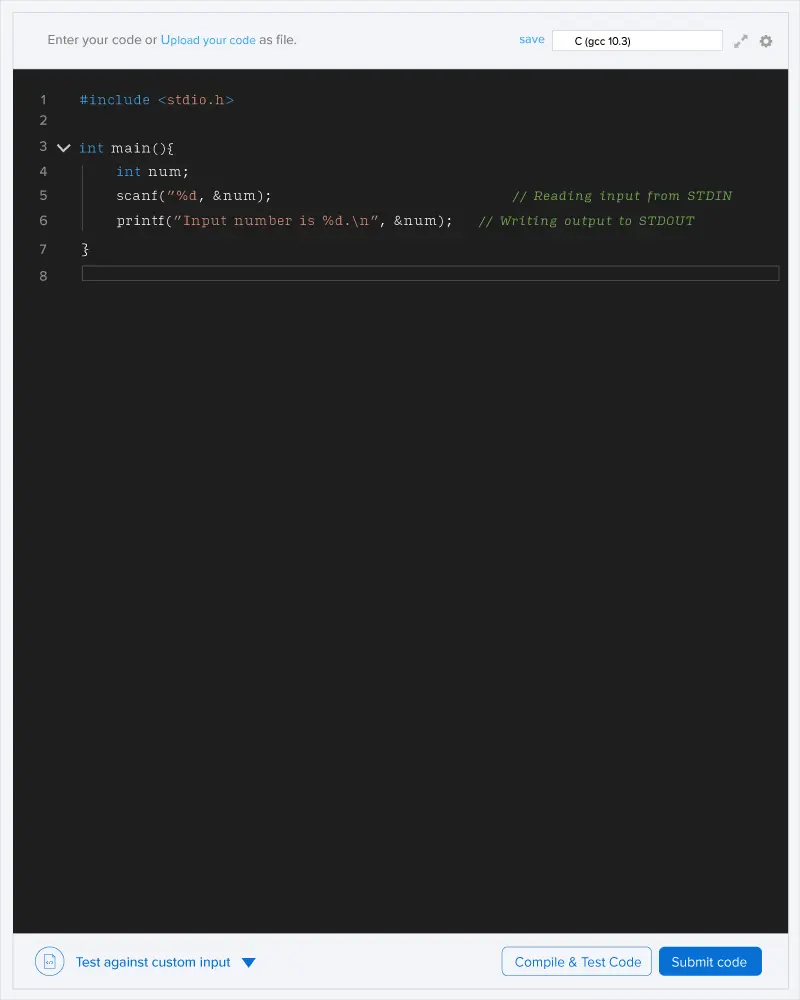You are given a tree (not necessarily binary) with a special property which is, forming multiple sub-trees.
This happens as follows:
A random node of the tree is broken. After this, the node along with its immediate parents up to the root vanishes from the tree.
The tree has N number of nodes and nodes are numbered from 1 to N. The root of the tree is numbered as 1.
Given the number on one of its node, you have to tell the number of sub-trees that would be formed in-case the node is broken.
Input format
First line contains an integer N, denoting number of nodes in the tree.
N−1 lines follow.
Each of the N−1 lines contains two integers u and v,denoting there is a bidirectional edge between nodes u and v.
The next line contains an integer Q denoting the number of queries.
The next Q lines contain an integer each denoting the number of node that will break.
Output format
For each query, print the number of sub-trees that will be formed if the node given in the query breaks.
Answer for each query should come in a new line.
Input Constraints
1≤N,Q≤105
1≤u,v≤N;u!=v
1≤Eachquerynode≤N
Note:
Each query is independent.

In the first case, when we delete node no. 1 , when get two single node subtrees.
In the second case, when we delete node no. 3 it's immediate parent node no. 1 is also deleted. If there were more immediate parent nodes then that would also have been deleted. Ultimately we are just left with one single node subtree.

